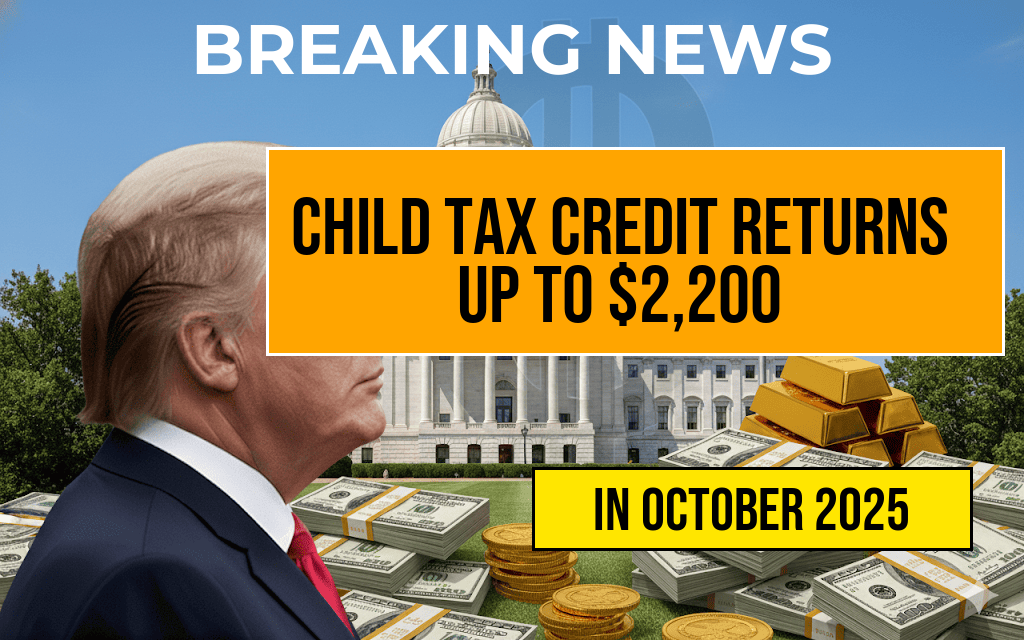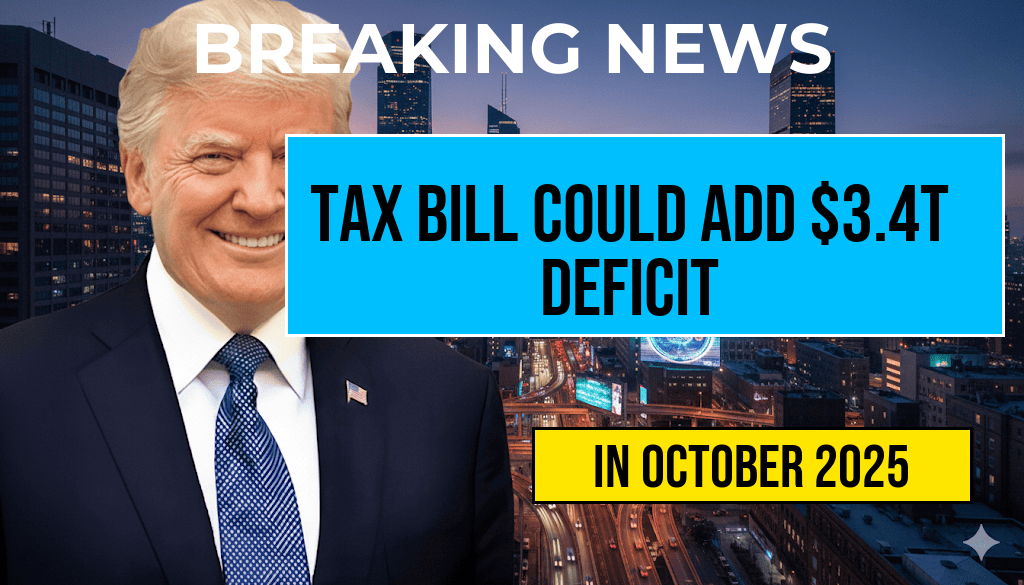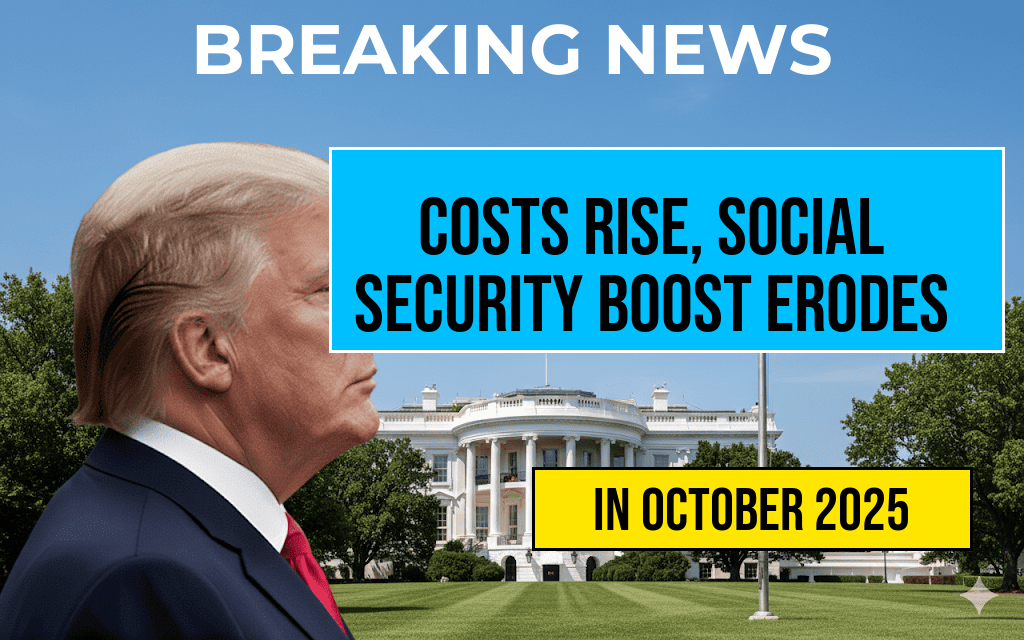Amid mounting concerns over the federal budget outlook, recent legislative proposals dubbed collectively as the “One Big Beautiful Bill” have sparked intense debate among policymakers and financial analysts. Critics warn that, if enacted in its current form, the legislation could lead to an unprecedented increase in the national deficit—potentially adding up to $3.4 trillion over the next decade. Proponents argue that the bill aims to stimulate economic growth and address critical infrastructure needs, but skeptics remain wary of its fiscal implications. As discussions unfold, the bill’s projected impact underscores ongoing tensions between economic expansion strategies and fiscal responsibility.
Understanding the Scope of the Legislation
What Is the “One Big Beautiful Bill”?
The legislation, introduced by a coalition of lawmakers from both parties, is designed as a comprehensive economic package. Its primary components include expanded infrastructure spending, targeted tax credits for businesses and individuals, and increased funding for social programs. The bill aims to boost employment, modernize transportation networks, and make healthcare more accessible. According to its supporters, these measures could significantly stimulate economic activity, especially over the next few years.
Projected Financial Impact
However, estimates from the Congressional Budget Office (CBO) and independent financial analysts suggest that the bill’s current provisions could inflate the federal deficit by approximately $3.4 trillion over the next decade. This projection considers both the increased spending and the temporary nature of some of the proposed tax cuts and incentives. The figures have raised alarms among fiscal conservatives, who argue that the surge in borrowing could undermine long-term economic stability.
Breakdown of Cost Drivers
| Component | Estimated Cost (in trillions) | Description |
|---|---|---|
| Infrastructure Investment | $1.2 | Funding for roads, bridges, and public transit projects nationwide |
| Tax Credits & Incentives | $1.0 | Extended child tax credits, renewable energy incentives, and business credits |
| Social Program Funding | $0.8 | Expanded healthcare subsidies and welfare programs |
| Administrative & Contingency Funds | $0.4 | Implementation costs and unforeseen expenditures |
Economic Growth vs. Fiscal Responsibility
Potential Benefits
- Job creation across construction, manufacturing, and service sectors
- Modernization of aging infrastructure, leading to long-term efficiency gains
- Enhanced social safety nets, reducing poverty and inequality
Risks and Concerns
- Significant increase in national debt levels, potentially raising interest rates
- Long-term fiscal sustainability at risk if economic growth does not meet projections
- Potential crowding out of private investment due to increased government borrowing
Political and Public Reactions
Supporters’ Perspective
Advocates emphasize that strategic investment is necessary to modernize the economy and address longstanding infrastructure deficiencies. They argue that the bill’s provisions are designed to be temporary and targeted, with the expectation that economic growth will offset the increased borrowing over time. Some officials point to historical precedents where large-scale investments spurred economic expansion without long-term deficits.
Opposition’s Concerns
Opponents, including many fiscal conservatives and some economists, contend that the bill’s size and scope threaten fiscal health. They warn that ballooning debt could lead to higher borrowing costs and limit future policy options. Critics also question whether the projected economic benefits will materialize as promised, citing past instances where large spending packages failed to deliver expected growth.
Looking Ahead
As legislative negotiations continue, the bill’s fate remains uncertain. Lawmakers are divided over how to balance immediate economic needs with long-term fiscal sustainability. Some propose modifications such as sunset clauses or stricter oversight to mitigate potential deficits. Meanwhile, financial markets are closely monitoring the developments, with some analysts warning that the bill’s passage in its current form could introduce volatility into bond markets and influence interest rate trends.
For individuals and businesses alike, the debate underscores the importance of understanding how federal fiscal policies can shape the economic landscape. Stakeholders are advised to stay informed through credible sources such as the Congressional Budget Office and financial news outlets like Forbes.
Frequently Asked Questions
What is the main concern raised in the article about the “One Big Beautiful Bill”?
The primary concern is that the taxpayer alert warns the bill could significantly increase the deficit by up to three point four trillion dollars.
How could the “One Big Beautiful Bill” impact the national deficit?
The bill has the potential to add a substantial three point four trillion dollars to the federal deficit, which may affect the country’s economic stability.
Who is warning about the potential fiscal impact of the bill?
Financial analysts and taxpayer advocacy groups are raising alerts regarding the possible deficit increase caused by the bill.
What are some possible consequences of a higher deficit due to this bill?
A higher deficit could lead to increased interest rates, reduced public spending, and long-term economic instability.
What should taxpayers consider regarding the “One Big Beautiful Bill”?
Taxpayers should stay informed about the potential fiscal impacts and consider how the bill’s passage might affect public finances and their own tax obligations.










